The perils of pollution are real, but identifying the exact problems is itself difficult. I currently teach in an area often called “Cancer Alley.” The name comes from the number of chemical plants and refineries in the area. More than that, it is a name that comes from the number of cancer cases that are found in that area. Since I commute into the area, then leave, it seemed harmless. I now must access that idea in a new understanding.
The issue is that all appears well. The air is not noticeably different most of the time. Oh, there are plumes of smoke rising upwards, but the plants are supposed to be monitored for acceptable emissions.
One problem in addition to the possibility of atmospheric pollution is the impact on the water supply. Since I bring my water in bottles from home, I never considered this.
Statistically, the area does have a higher than average cancer rate. But I breathe air that is filtered by air conditioning and avoid the water, except for hand washing.








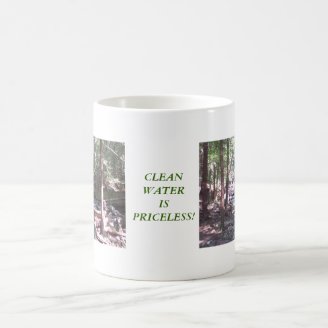
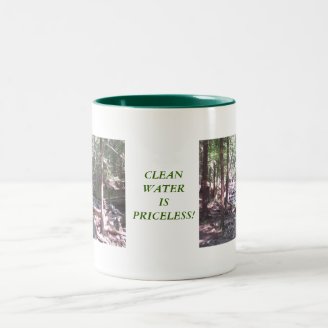
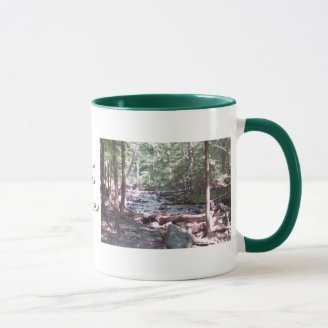
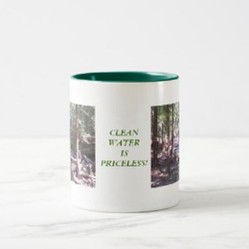

 The Linear Equation and Related Equations and Inequalitieson 08/15/2024
The Linear Equation and Related Equations and Inequalitieson 08/15/2024
 Understanding Calculus: A Simplified Approach to Derivativeson 08/05/2024
Understanding Calculus: A Simplified Approach to Derivativeson 08/05/2024
 Limits: Vital Building Blocks of Calculuson 08/01/2024
Limits: Vital Building Blocks of Calculuson 08/01/2024
 Mardi Gras Collectibleson 02/02/2023
Mardi Gras Collectibleson 02/02/2023

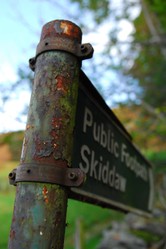

Comments
One place I believe we fall short is how pollution interacts, so two chemicals that are deemed safe can combine into something dangerous. Another is the cumulative effect of several sources of the same pollutants. They can add to a dangerous level.
I cannot emphasize enough the topic of your article about how important it is to become conscious of environmental pollution. The chemical plants and industry's by-products are not disposed scientifically increasing the danger of poisons entering into water, air and earth. The authorities don't bother to inspect and enforce rules. Most often the damage is done and it is irreversible even after the plant is closed. The Nuclear Plants are the best examples of how humans are still not equipped to tackle into radioactive elements and the dangerous outcomes are beyond control of any advanced country on earth.
I should be clear, I have had an unusual long time between episodes, and the scope of the present cancer appears restricted. I also have had an exceeding great response to the medicine. So, my case is not typical. The statistics perhaps are better for me.
There is not yet anything, surgery has a small percentage of total effectiveness, but there is something about to come out soon according to the doctor.
blackspanielgallery, Thank you for the product line that so supports your thought piece. Can the combination of experimental medicine and two surgeries eliminate the problem that the former alone does not suppress?
The fog should be more widespread if it were from humidity alone. The fact it is localized, and always in the same place, indicates some particulates present. Adjacent areas are actually more swampy, with more ground water.
At one school at which I taught we had a visit from the environmental health authorities who interviewed every child with asthma and plotted where they lived with the intention of determining whether or not certain factories in what was a heavily industrialised area were breaking emission standards.
As for fog, in the old days in Britain when fog and pollution became mixed we used to have what were known as pea soupers, thick, heavy fogs.One night the pea souper was so bad that my father, who worked on the buses, was trapped overnight at the edge of the bleak Saddleworth Moor and had to sleep overnight on the top deck of the bus, wrapped in his greatcoat.Those were not the good old days.Veronica will not remember this as she was not yet born then.